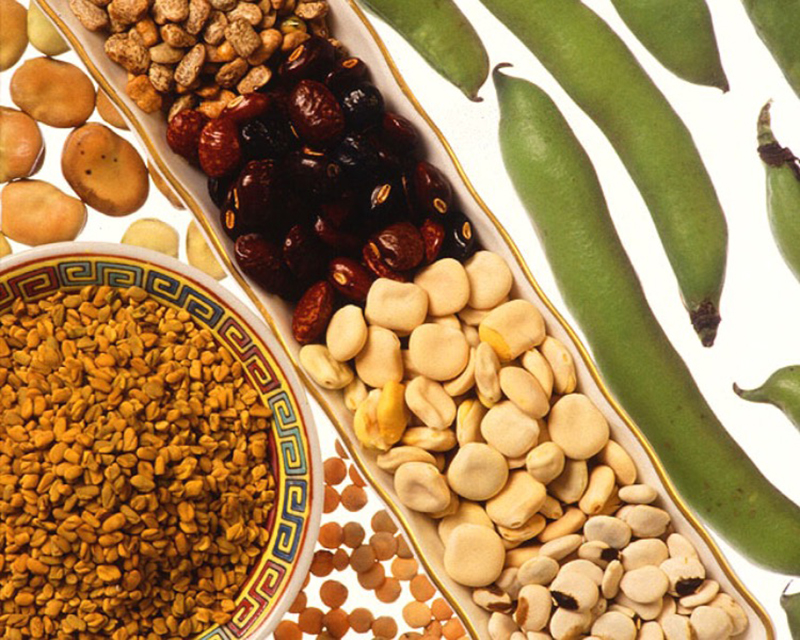 UP-Pulses
UP-Pulses UP govt aims targets 35.79 MT pulse production in five years
Lucknow: After a record food grain production, the CM Yogi Adidtyanath-led BJP government is now tinkering with the idea of nutritional security.
In this, the most important role will be played by pulses. The reason is the fact that pulses are the only source of protein for the common man, especially those with vegetarian food habits.
The prices of pulses are often in the news every few years due to low yields as compared to consumption.To prevent this from happening, the Yogi government has prepared a detailed action plan.
Work on this scheme started in the first term of the Yogi government itself, and as a result, the production of pulses increased from 23.94 MT to 25.34 lakh MT between 2016-17 to 2020-21.
The productivity per hectare has also increased from 9.5 quintals to 10.65 quintals during this period. This is only 45 per cent of the state's consumption.
According to the five-year target set for Yogi 2.0, the area under pulses is to be increased to 28.84 lakh hectares with the productivity per hectare being 12.41 quintals and the production target of 35.79 MT.
Keeping in view the importance of quality seeds in production, the distribution of certified and foundation seeds of new varieties of different crops of pulses will be increased from 28,751 quintals to 82,000 quintals.
These seeds will be given to the farmers at subsidized rates.
In order to increase the area of pulses crops, pulses (urd, moong) crops will be encouraged in intercropping and Zaid crops.
An increase in production will also be achieved by using sprinkler irrigation systems on uneven land, increase in production by cultivating with furrow and ridge technology and guarantee of procurement at a Minimum Support Price (MSP).
India is the world's largest producer, consumer and importer of pulses.
Being the largest population, the maximum share of this consumption is from UP itself.
The pulse producing countries of the world (Canada, Australia, America, Turkey, and Myanmar) keep an eye not only on the production of India and Uttar Pradesh but also on the storage of six months.
In such a situation, if the yield is less, then in view of the huge demand here, pulses become dearer in the international market. It also has a great impact on the position of the dollar against the rupee.
If the dollar is more expensive than the rupee, then imports also become expensive.
In this way, the country has to spend valuable foreign exchange on the import of pulses. If UP becomes self-sufficient in the production of pulses, then the foreign exchange will also be saved.
(With UNI inputs)
Support Our Journalism
We cannot do without you.. your contribution supports unbiased journalism
IBNS is not driven by any ism- not wokeism, not racism, not skewed secularism, not hyper right-wing or left liberal ideals, nor by any hardline religious beliefs or hyper nationalism. We want to serve you good old objective news, as they are. We do not judge or preach. We let people decide for themselves. We only try to present factual and well-sourced news.







